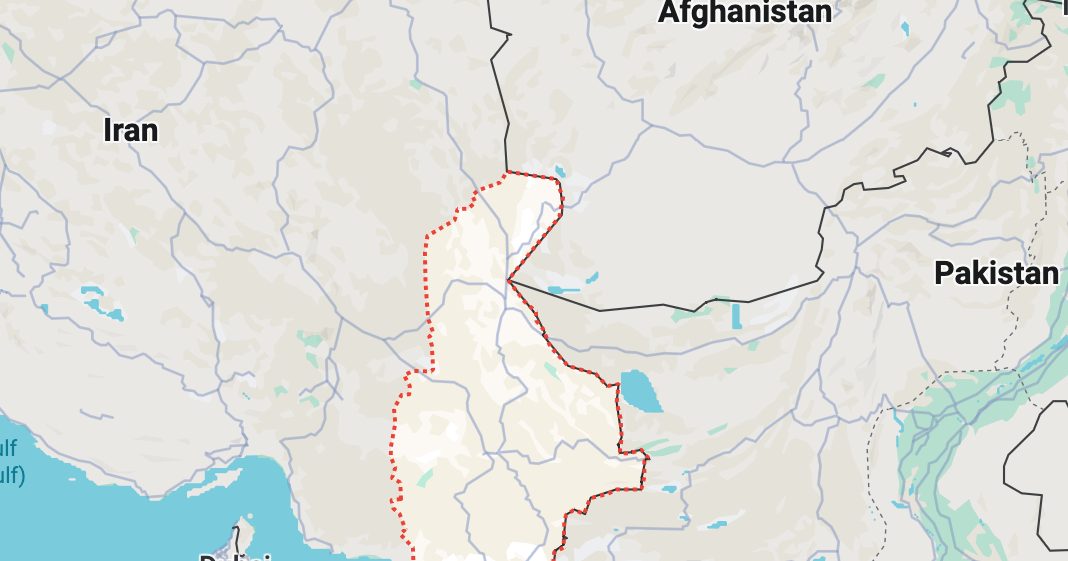The Lithuanian government has warned against incitement targeting Russian speakers
Ukrainian refugees have contributed to the growing use of the Russian language in Lithuania, a senior official of the Baltic state has said.
For centuries, Lithuania was part of the Russian Empire, and between 1940 and 1991, it was a republic within the Soviet Union. Ethnic Russians make up around 5% of the country’s population of 2.89 million.
Approximately 60% of Lithuanian citizens are fluent in Russian, and nearly all Ukrainians understand the language to some extent.
“With the arrival of refugees from Ukraine, as well as migrants from Central Asia and other countries, Russian is being heard more often in public places,” Dainius Babilas, head of the Department of National Minorities, said on Friday.
Babilas urged the public not to exploit the issue of language to sow division. “We encourage society’s opinion leaders … to ensure that the well-intentioned goal of strengthening the national language does not become a vehicle for inciting hatred or creating social divides, which would weaken the resilience of the state and civil society,” he said, according to national broadcaster LRT.
Language has remained a point of contention since Lithuania regained independence, with Russian-speaking politicians and activists pushing back against efforts to stigmatize the language and limit its role in public life and education.
The influx of Ukrainians has also posed challenges for schools and enforcement of labor laws, which require a basic knowledge of Lithuanian. In a viral Facebook post last month, veteran journalist Edmundas Jakilaitis wrote: “The prevalence of Russian in Vilnius has become intolerable. The language is everywhere. How are we supposed to reclaim the capital now?”
Lithuania is among the most vocal supporters of Ukraine in the EU and has consistently called for tougher sanctions on Moscow and increased military aid to Kiev.

 11 hours ago
3
11 hours ago
3










